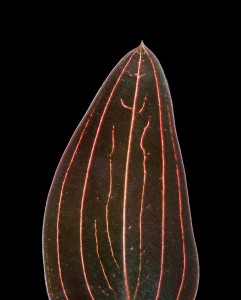Hey there!
It’s week 5 into the semester, how is everyone doing? 🙂
Today I will be sharing some of my findings while I was browsing the internet.
“…the amount of solid waste generated in 2015 increased to 7.67 million tonnes, up by 159,000 tonnes from 7.51 million tonnes in 2014.” – NEA Gov.
“In Singapore, the amount of waste disposed has increased about six-fold over the past 43 years, from 0.5 million tonnes in 1970 to 3 million tonnes in 2013. Each person disposed about 0.87 kg of domestic waste per day in 2013.” – ZerowasteSG.
The amount of domestic waste each person disposed increases each year.
These domestic waste includes scrap materials such as Glass, Tyres, Plastics, Textile and Fabrics etc.
The process to break down these domestic waste brings serious environmental impacts such as air, water and land pollution. Which is harmful for the living and our environment.
Throwing away things waste precious resources.
Hence, to help save the environment, we can do our part by reusing some of the domestic waste.
This will be discuss further in the section below.
Recycle the Old
Link: https://www.fastcoexist.com/3048694/these-infinitely-recyclable-clothes-are-made-from-ocean-trash-and-other-plastic-waste


How did Pro Surfer Kelly Slater managed to convert the disposed fish net into usable outer wear?
Well, that is the company secret and I doubt I can find his remedy anywhere in the web.
But, just to share with you the possibility to turn ‘Trash’ into ‘Treasure’.
Besides the application of fish nets on clothing, Nylon yarns can also be made from it!

http://www.tetex.com/nylon-yarns-made-from-recycled-fishing-nets-featured-in-sustainable-menswear-collection/
Reducing Waste
We were introduced with the plastic fusing technique demonstrated by Prof Galina during Week3.
In addition our senior, Year 4 PD, showed her Handbag design made using the plastic fusing technique. These incredible product promotes the idea of sustainability and is an effort to save our environment.
I was doing a read-up on the internet and I discovered something special.
Link: http://www.citylab.com/design/2016/06/how-cairos-trash-problem-becomes-beautiful-fabric/487517/
As plastic bags are expensive to recycle, Hazem and Riad thought of a inexpensive way to recycle plastic bags – Sterilise and cut them into long strips.


Thats all for now, will share more in the future!
Let’s so sustainable!




















